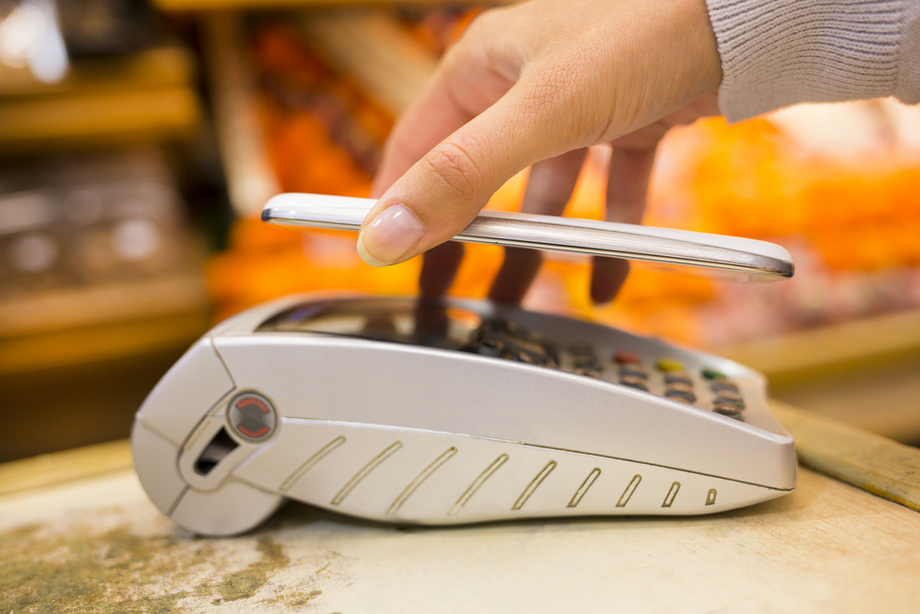Mobile payments have transformed the way we conduct business. We have moved from traditional cash payments to contactless, instant payment methods in the recent past. Mobile payments have now become a mainstay for various people and organisations. Some of the key drivers include advances in technology, changes in human behaviour, and the need for fast and secure payments.
Many organisations are now using mobile payments to ensure convenience for their customers across the board. You can buy groceries, shop online, pay your internet subscription, or watch a movie in a few minutes by paying with your devices. Besides, you can also make an instant bank transfer in NZ online casinos and enjoy your favourite slots and table games, among others.
Let’s explore the technology and how it works.
Convenient Mobile Payment Technologies
Several technologies have helped the development of mobile payment technology. These technologies include near-field communication (NFC), mobile wallets, QR codes and wearable technologies. Each of these technologies offers convenience in its own right.
NFC and Mobile Wallets
Near Field Communication (NFC) is a technology that allows devices to communicate wirelessly over short distances. This technology enables contactless payments by simply tapping or waving a mobile device near a compatible payment terminal. The method offers convenience and speed to the users, as they do not need to fill out any information prior to making a payment. It is also secure, as no third parties in the merchant store see the data.
Mobile wallets, including Google Pay, Apple Pay, Samsung Pay, Mpesa and other providers, use apps on mobile devices that connect with traditional methods like banks and cards. These apps securely store users’ payment card information and leverage NFC technology to enable seamless and secure transactions at a growing number of merchants. Merchants can also integrate coupons, loyalty cards and rewards programs to enhance their value proposition.
Expansion of Mobile Payment Options Using QR Codes
QR codes were originally designed to track inventory and apps. However, they have been enhanced over the years to include mobile payments. It has gained popularity as a versatile and cost-effective method of facilitating transactions. Mobile payment apps later started to leverage QR codes.
This allowed users to scan codes displayed by merchants to initiate payments. The method became particularly popular in emerging markets where QR code adoption was high. It also allows them to work offline and online.
QR codes has expanded mobile payment options and made them accessible to a wider range of users. They eliminate expensive point-of-sale hardware and enables small businesses to accept mobile payments.
Wearable Payments Integrate Convenience into Everyday Accessories
The advent of wearable technology brought about new possibilities for mobile payments. Such technologies as fitness trackers, smart watches and other wearable devices integrate payment capabilities, enabling you to make payments straight from your wrist. This integration provides users with the convenience of making payments without taking out their smartphones or wallets to do so.
Wearable payments utilise technologies such as NFC and other proprietary payment providers to enable secure and contactless transactions. You can link payment cards or mobile wallet apps to your wearable devices and enjoy a seamless and frictionless payment experience on the go.
Peer-to-Peer Mobile Payments Empower Direct Transactions
Peer-to-peer (P2P) mobile payments allow people to send and receive cash directly from a mobile device. You can transfer funds to family, friends and merchants without the need for cash or traditional banking methods.
P2P mobile payments empower individuals to repay loans, split bills, or make quick payments in a hassle-free manner. It eliminates the need for cumbersome bank transfers. The payment also facilitates seamless and instant transactions by linking to credit cards, mobile wallet balances and bank accounts. You just initiate payments by simply entering the recipient’s email address, mobile number or scanning a QR code.
Security for Instant Mobile Payments
It is important for you to follow the best practises when using instant mobile payments. This helps you minimise the risk of fraudulent transactions and unauthorised access. Below are some of the ways you can shield your money when using mobile payments.
Only Use Trusted Apps
Download payment apps from trusted payment providers and sources. Avoid unofficial apps, third-party integrations and apps installed away from official app stores. They are likely to be fraudulent or pose other security risks.
Keep the Apps Updated
Update your payment apps regularly with the latest version. These updates come with security patches and enhancements to deal with suspected vulnerabilities and enhance their overall security. You can check the apps that require updates by checking the app settings or the device’s specific app stores.
Enable Biometric Authentication
Whenever possible, enable biometric authentication methods, such as fingerprint or facial recognition, for accessing your mobile payment app. Biometrics add an extra layer of security by verifying your unique physical characteristics. Combine it with strong passwords that are not guessable, like name and birth date.
Wrap Up
Mobile payments have come a long way to the point where we are today. They are now more convenient, easy to use, cheap and secure. You can also connect them with traditional payment methods such as banks, cards and proprietary providers. Use the tips above to stay safe when using instant payment methods and reduce the risk of losing cash.








